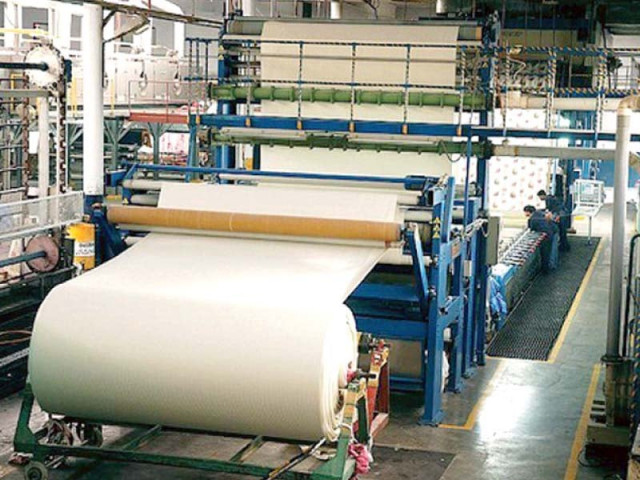
Together, they account for more than $10 billion of Pakistan’s exports to European and North American customers and more than 50% of the country’s total exports. They operate much like an ‘a la carte’ restaurant where each meal is prepared fresh to serve each customer’s unique culinary demand.
Large western retailers, to whom this industry sells, rely on their sophisticated software to sift through the retail data coming live from thousands of their retail outlets. The software determines which designs are selling and which ones are not.
This demands continuous inputs from designers and their procurement staff. The former modify their designs while the latter keep fine-tuning the re-order quantity of merchandise being sourced from the country.
The procurement challenge
From the moment a firm order is placed, a manufacturer has 4 to 12 weeks to ship it. This time is equally split between procurement and in-house manufacturing activities. The former consumes more than 65% of manufacturer’s sales revenues. Thus, our $10 billion industry approximately spends $6.5 billion on procurement of raw materials, more than twice the country’s annual defence procurement budget.
The quantity of materials ordered has to be accurate too. If ordered short or not ordered at all, the production would halt and the customer order would be delayed, resulting in heavy late shipment penalties. The fact that ultimately the factories do ship their order proves that all materials are procured after all. There are more risks involved when ordering materials in excess, ie, over and above the legitimate requirements of the order. In this case, the error is least likely to be detected. It instantly turns leftover materials into worthless dead stock.
Even restaurants fare better with leftover material; they can at least use it to make more dishes. Not so for home textiles or garments. A fabric print, a zipper or a button can be so unique that it may only be used in a single order and nowhere else.
During my assignments with large factories in Bangladesh and Pakistan, I have often accompanied aghast and incredulous owners during their rare visits to stock rooms, filled to the brim with dead stocks worth 3% of annual sales, unexplained and unused.
The problem
The human effort required to determine correct procurement requirements for make-to-order sector is mind numbing. A single order for trousers may involve 10 sizes and 3 colours, thus 30 Stock Keeping Unit (SKU). Each SKU may need 20 different materials such as fabrics, linings, zippers, eyelets, rivets and buttons. Each order may require up to 600 separate calculations to determine its materials.
A mid-sized factory would normally handle a minimum of 50 such orders at any given time. Since all orders contain unique products, this could involve 30,000 unique raw materials to be purchased over a three-to-four-week time window. That’s 1,000 unique items a day. Working with a team of a dozen or so merchandisers, it’s still 200 unique procurement calculations per day per person.
What’s only worse than the calculation is its verification. A supervisor would need another team to do the verification work. Unsurprisingly, implicitly trusting the material calculations is taken as the intuitive but lazier way out. Unfortunately, that’s also the industry norm. Humans like to play it safe. When confronted with the risk of causing material shortage, ordering more is always safer. Also lack of accountability gives birth to graft.
The solution
So, what can these businesses do to buy materials in their correct quantity? Especially, when they know that these mistakes could cost them up to half of their profits? The truth is that they cannot. Not unless they deploy a sophisticated technology of Material Requirement Planning (MRP).
Einstein’s famous quote “no problem can be solved from the same level of consciousness that created it” comes to mind.
The need of the hour is for the factories to input bills of materials (BOM) of each order into MRP calculators running on the computers. These remove humans from the equation; along with their biases, limitations and consequences of lack of supervision and accountability. By purchasing materials in correct quantity, a make-to-order manufacturer can avoid losses up to 3% of its revenues.
The writer is an entrepreneur who has worked in Bangladesh’s garment sector
Published in The Express Tribune, April 20th, 2015.
Like Business on Facebook, follow @TribuneBiz on Twitter to stay informed and join in the conversation.

















COMMENTS
Comments are moderated and generally will be posted if they are on-topic and not abusive.
For more information, please see our Comments FAQ